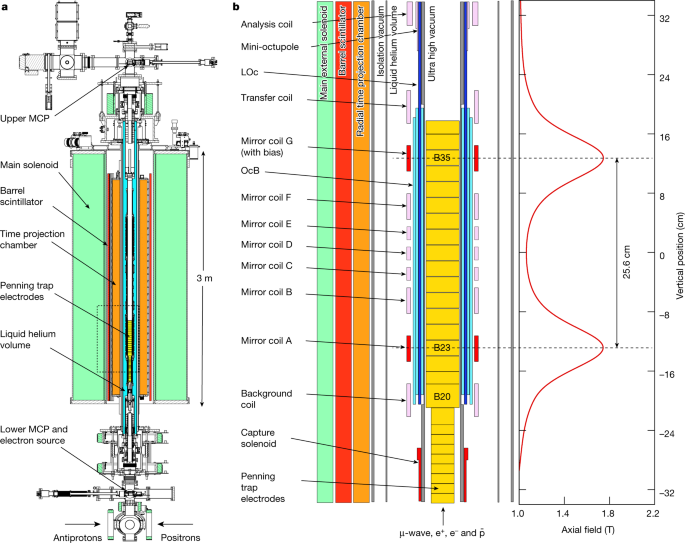2023-09-28 ニューサウスウェールズ大学(UNSW)
◆この研究は、基礎科学だけでなく、医学研究や材料劣化の研究などの実用的な応用にも影響を与える可能性があります。特に、材料の微細な特徴を調査する際に有用で、エネルギー効率の高い電子機器や太陽電池の開発に寄与することが期待されています。
<関連情報>
- https://newsroom.unsw.edu.au/news/science-tech/listening-atoms-moving-nanoscale-study
- https://www.nature.com/articles/s41467-023-40665-4
パチパチノイズ顕微鏡 Crackling noise microscopy
Cam-Phu Thi Nguyen,Peggy Schoenherr,Ekhard K. H. Salje & Jan Seidel
Nature Communications Published:16 August 2023
DOI:https://doi.org/10.1038/s41467-023-40665-4

Abstract
Crackling noise is a scale-invariant phenomenon found in various driven nonlinear dynamical material systems as a response to external stimuli such as force or external fields. Jerky material movements in the form of avalanches can span many orders of magnitude in size and follow universal scaling rules described by power laws. The concept was originally studied as Barkhausen noise in magnetic materials and now is used in diverse fields from earthquake research and building materials monitoring to fundamental research involving phase transitions and neural networks. Here, we demonstrate a method for nanoscale crackling noise measurements based on AFM nanoindentation, where the AFM probe can be used to study the crackling of individual nanoscale features, a technique we call crackling noise microscopy. The method is successfully applied to investigate the crackling of individual topological defects, i.e. ferroelectric domain walls. We show that critical exponents for avalanches are altered at these nanoscale features, leading to a suppression of mixed-criticality, which is otherwise present in domains. The presented concept opens the possibility of investigating the crackling of individual nanoscale features in a wide range of material systems.



